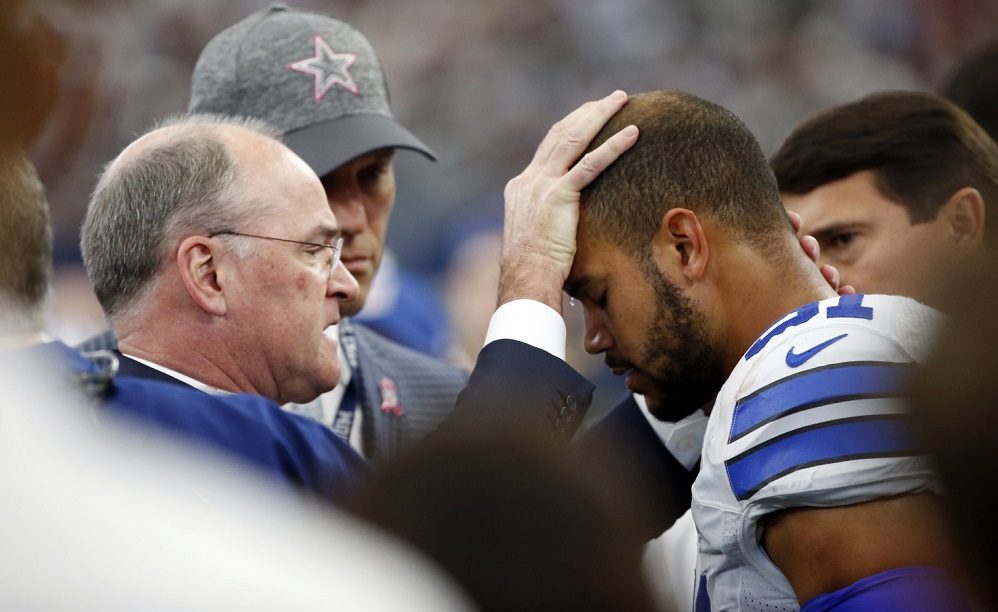
Two-Year Harvard Study Suggests NFL Team Doctors Present Conflict of Interests Harmful to Players
After two years of observations and 493 pages of findings and reports, The Petrie-Flom Center at Harvard Law School came to a simple and seemingly obvious conclusion: medical personnel on NFL teams caring for players should not report to management or the coaching staff to avoid a potentially harmful conflict of interests.
“Our report shows how the various stakeholders might work together to protect and support NFL players who give so much of themselves—not without benefit, but sometimes with serious personal consequences—to one of America’s favorite sports,” said professor of law and co-lead of ethics and law initiative of the study at Harvard Law School, Glenn Cohen. “NFL football has a storied history and holds an important place in this country. The men who play it deserve to have their health safeguarded and their health concerns addressed. We hope our recommendations in the report serve as a catalyst for this important work.”
To sum up the study and its findings, there are about 175 doctors that work with the 32 NFL franchises. These doctors report to management like any typical employee would. However, as far as football is concerned, that creates a dangerous conflict of interest. While players, management, and medical staff all have a shared interest in the health of the athletes, the study also found that players are often over-eager to get back on the field.
It takes a disciplined doctor to tell them no—especially when speaking with a star quarterback or the team’s leading tackler, and especially when the people upstairs want their leading rushing back on the field as soon as possible.
“The intersection of the club doctors’ dual obligations creates signification legal and ethical quandaries that can threaten player health,” read the report.
Among the 76 recommendations the study makes to the league to help improve player safety are an end to direct doctor-to-team communication. Instead, a written “Player Health Report” will tell the team everything they need to know about when their players will be ready to go again.
Good luck getting any of it through, though. The NFL has already sent out a 33-page response rejecting the results and calling the proposals “untenable and impractical.”
Some things will never change.

